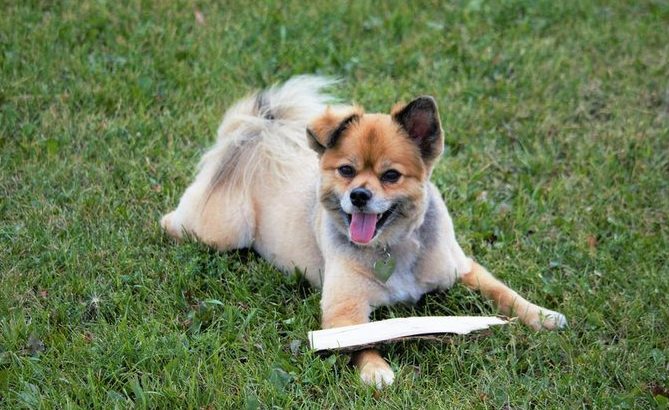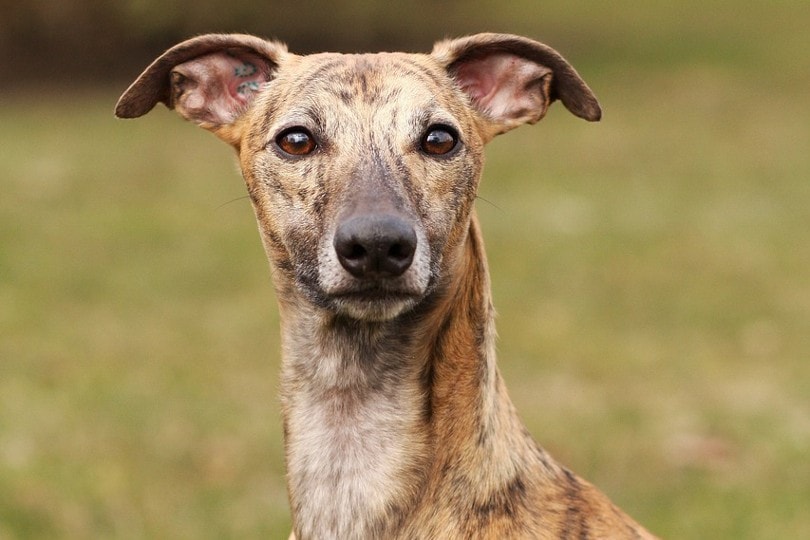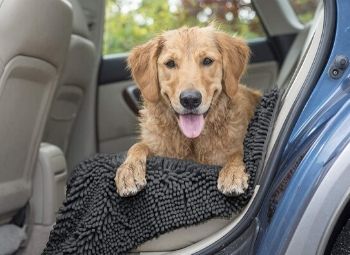Why Won’t My Dog Poop Outside? 8 Possible Reasons & Solutions
Updated on
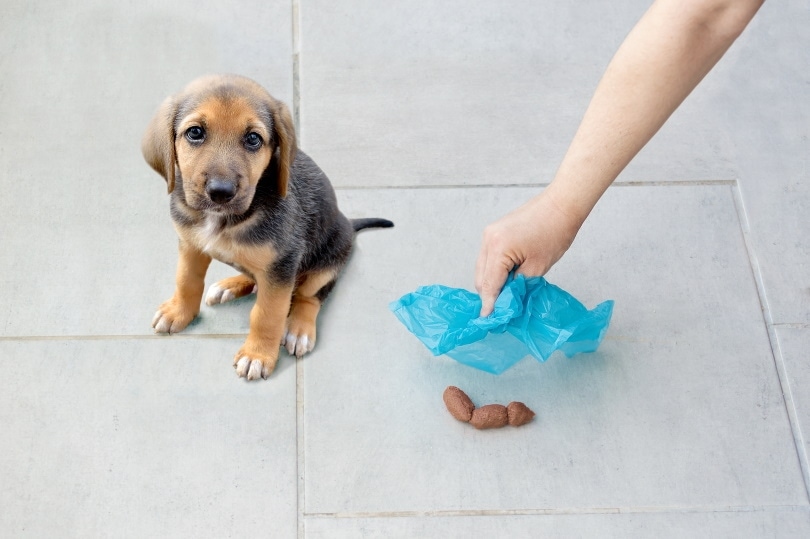
It can be frustrating when your dog won’t poop outside, but there’s often a good reason for the behavior. Sometimes a dog isn’t fully housebroken yet, in which case, accidents are understandable. But a housebroken dog can stop pooping outside for multiple reasons.
In this article, we look at common reasons that your dog is not pooping outside and what you can do to solve the problem. Once you know why it’s happening, you can take the necessary steps to fix it.
Is My Dog Doing This on Purpose?
Your dog isn’t deciding to poop in the house to upset you intentionally, but if this happens regularly, there’s something that needs to be addressed. Whether your dog can’t help doing it or they’re choosing to poop inside rather than outside, there are reasons that this is happening and things that you can do about it.
The 8 Reasons Why My Dog Won’t Poop Outside
1. Medical Problems
It’s common for dogs to need to poop frequently when they’re feeling sick. Dogs can get diarrhea occasionally too, which will make them have to poop more often. If your dog has any other gastrointestinal issues, such as parasites, it can lead to more frequent pooping that they may not be able to hold until you take them outside.
Older dogs or dogs with injuries could be in pain when they squat to poop. Arthritis and joint issues can make it hard for dogs to poop comfortably. This means even if they go outside, they will hold it until they really can’t any longer. They’ll most likely be inside when that time comes.
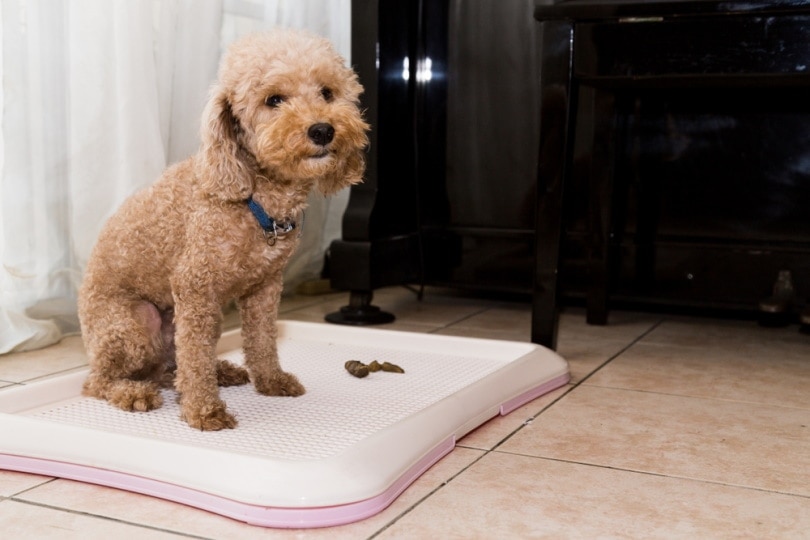
- If your dog’s diarrhea isn’t clearing up within 24 hours, take them to the vet for treatment. Sometimes, diarrhea is the symptom of a serious condition, and your vet will be able to determine what’s going on. A stool sample may be taken to check your dog for parasites.
- If your dog is in pain when they try to poop, your vet may also be able to provide relief. Hesitating to squat, shaking, or crying as they poop are signs that pooping is uncomfortable for your dog. Your vet can discuss pain relief options with you.
2. Not Completely Potty Trained
If you’ve just recently completed potty training for your dog, maybe they’re not as ready as you thought. A good rule of thumb to follow is that your dog is not completely housebroken until they’ve had no accidents in the house for at least 6 months. If it’s only been a few weeks of no accidents and suddenly your dog pooped in the house, you may be expecting too much from them too soon.
- Start with the basics. Take your dog out on a regular schedule, and praise them when they poop outside. Stick to a routine so your dog understands that it should poop outside. Don’t let too much time pass between potty breaks.
- If your dog doesn’t poop outside, keep the leash attached to them when you come back inside. Setting them free will give them a chance to wander away and poop in another room. Try taking them back out in 20 minutes, and repeat the process until they succeed.
Having a pet means cleaning up smells, stains, hair, vomit, and more...and you can add to your pet clean-up routine with the Hepper Advanced Bio-Enzyme Pet Stain & Odor Eliminator Spray.
- ADVANCED ENZYMATIC CLEANER - Penetrates the most stubborn smells and stains at the deepest molecular...
- FOR ANY MESS, ON ANY SURFACE - This pet odor eliminator cleans your carpets, floors, furniture,...
It's our product, and we love it so much, we just have to share! It permanently removes the very worst smells and stains, and we offer a 100% satisfaction guarantee!
3. Too Excited
It’s an exciting time for a dog as they watch you grab their leash to take them on a “W-A-L-K.” They’re jumping, spinning, and even crying with excitement. If your dog is extremely excited to go on a walk, they could have other things on their mind than pooping. Sniffing, exploring, chasing squirrels, and watching the activity around them can easily distract them from pooping. When you finally get back home, they will remember that they have to poop and wind up going inside the house.
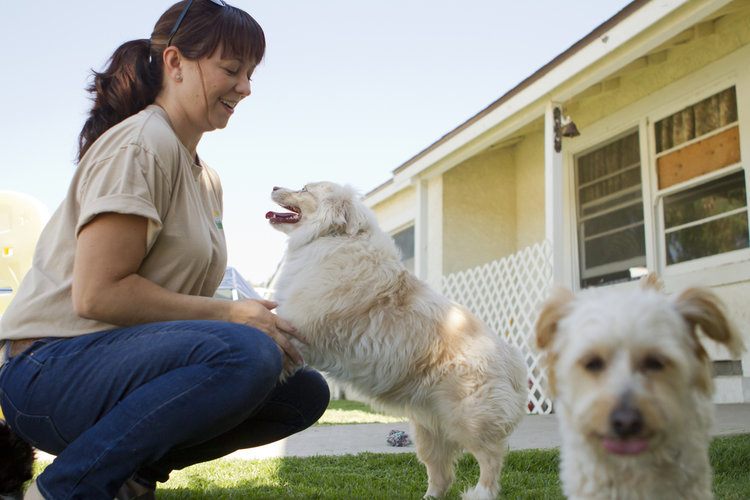
- Try to find a dedicated potty spot where your dog knows that it’s time to do their business. When they do poop, reward them with plenty of treats and praise so they get the idea. Don’t continue from this spot until your dog poops.
- If you normally take your dog out on a walk and return home after they poop, they could associate pooping with the end of the walk. This can cause them to hold it as long as possible to enjoy their time outside.
- Taking your dog to a certain spot and letting them know that it’s time to poop at the start of the walk before continuing will teach them that the fun can start, not end, once they poop.
- Related Read: Why Does My Dog Walk And Poop? 10 Possible Reasons
4. Anxiety
Some dogs are excited about going outside. Others can be anxious and nervous to do it. If your dog is scared of the outdoors, they may not stay out there long enough to poop. Dogs that go outside reluctantly, with hunched shoulders, low ears, and tucked tails, are nervous to be out there. They may spend all their time struggling to get back inside to safety and not realize what the potty break is for.
- If your dog has always loved the outdoors but now fears them, try to find out why. Observe your outdoor space carefully. Holiday decorations blowing in the wind, a neighbor’s barking dog, or anything new in the area may be triggering a nervous reaction in your dog.
- If your dog has been nervous from the day that you got them, it could just be their personality or the life that they led before they came to you. In either case, desensitization and patience are the solutions.
- Take your dog outside for short periods, just a few minutes each time to start. Once they are outside and you’ve made sure there’s nothing scary out there waiting to greet them, reward them with treats and praise. Let them know that they’re doing a good thing by being outside, and head right back inside with them. Now they’ve learned that nothing bad happened to them while being outdoors and that they were rewarded for the behavior. Continue doing this, gradually making the time that you spend outside longer and longer. If your dog isn’t potty trained yet, training may have to wait until they are fully desensitized to the outdoors.
5. Wrong Surface Texture
Many dogs enjoy pooping on dirt or grass. Some dogs, however, never learned to do this. If your puppy came from a cage, they likely learned to poop on wire mesh or newspaper. If you adopted your dog from a rescue, they may have had to poop on the concrete floor in their kennel. They may have no idea what to do on grass.
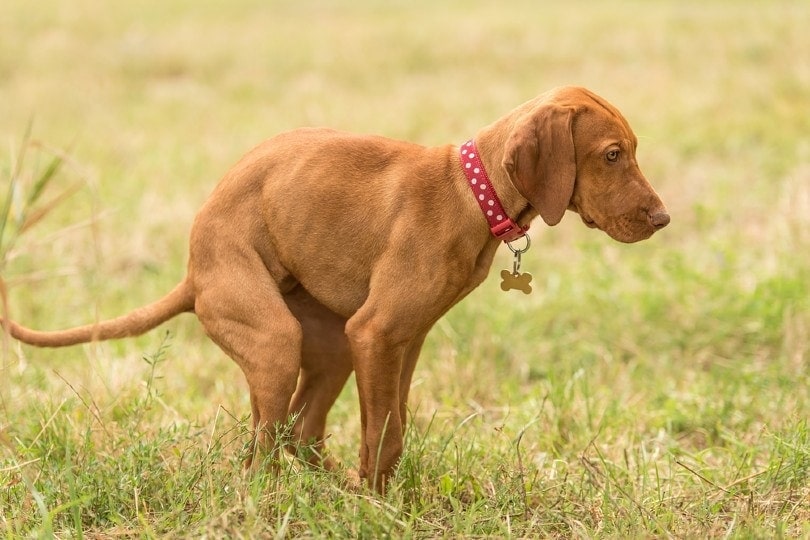
- First, you’ll have to figure out where your dog prefers to poop. Then, you can be sure to take them to their preferred substrate each time you go outside. If your dog likes gravel or concrete, you can take them to a place that already has these surfaces or create one in your backyard for your dog to use. If your dog prefers grass, make sure you give them enough time in a grassy patch to poop. It’s easier to meet your dog’s needs for their desired surfaces than try to train them to go on a different one.
6. Too Much Reprimanding
It’s frustrating to find poop in your house, especially after you’ve just come back in from outside. However, scolding or reprimanding your dog may make things worse. By doing this, you’re teaching your dog that pooping in front of you is wrong. When a dog is punished for pooping inside, one common takeaway is that they have to be sneakier next time and poop where you can’t see it. This means taking them outside to poop can be useless.
- Although it may be difficult to do, stop reprimanding or scolding your dog for any indoor potty accidents. This is not a failure on the dog’s part, and they need help to know what to do. Positive reinforcement is the way to turn this around. Every time your dog poops outside, go overboard with praise and excitement. They will want to see that reaction from you again, so they’ll start to understand that this is the desired behavior.
7. Schedule Changes
Any change in your dog’s routine, lifestyle, and schedule can cause them to have accidents in the house due to a disrupted pooping schedule. If your dog normally poops at a certain time each morning but a change in your schedule has you taking them outside an hour earlier, their pooping schedule will be off for a while.
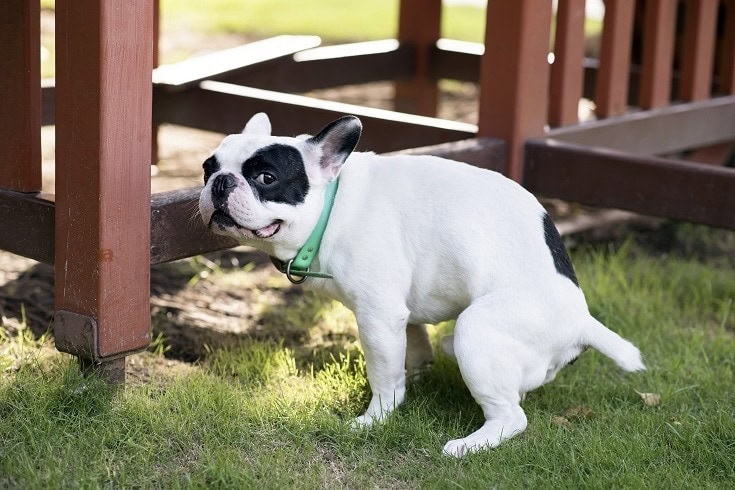
- Adjust your dog’s potty breaks slowly. If possible, before the schedule change happens, start changing the time that you take your dog out. Start with 15 minutes earlier or later than normal, slowly adjusting each day by another 15 minutes until your dog is going out at their new time. This is easier than demanding that your dog deals with the change all at once.
8. Weather
Some dogs just don’t like the feeling of wet ground or cold snow on their paws. If your dog is too busy hating the elements to think about going potty, nothing much will be accomplished outside.
- Unfortunately, there isn’t much that can be done if your dog refuses to poop outside during bad weather. If you live in an area with frequent snow or rain, getting booties and a coat for your dog will help keep the moisture off of them. These can make your pup feel more comfortable. Be aware of any weather changes, and be sure to take your dog out for a potty break before a storm begins.
In backyards, you can cover one area with a tarp or canopy and make that the designated potty area during bad weather.
Conclusion
As difficult as it may be to deal with a dog that isn’t pooping outside, it is something that you can fix with time, effort, and patience. Once you’ve figured out the issue, you can implement the right fixes.
Be sure to have your dog checked by a veterinarian if you suspect any health problems that may be causing them to poop inside, especially if they’ve never done so before. You and your vet can work together to help solve the problem.
Featured Image Credit: cunaplus, Shutterstock




